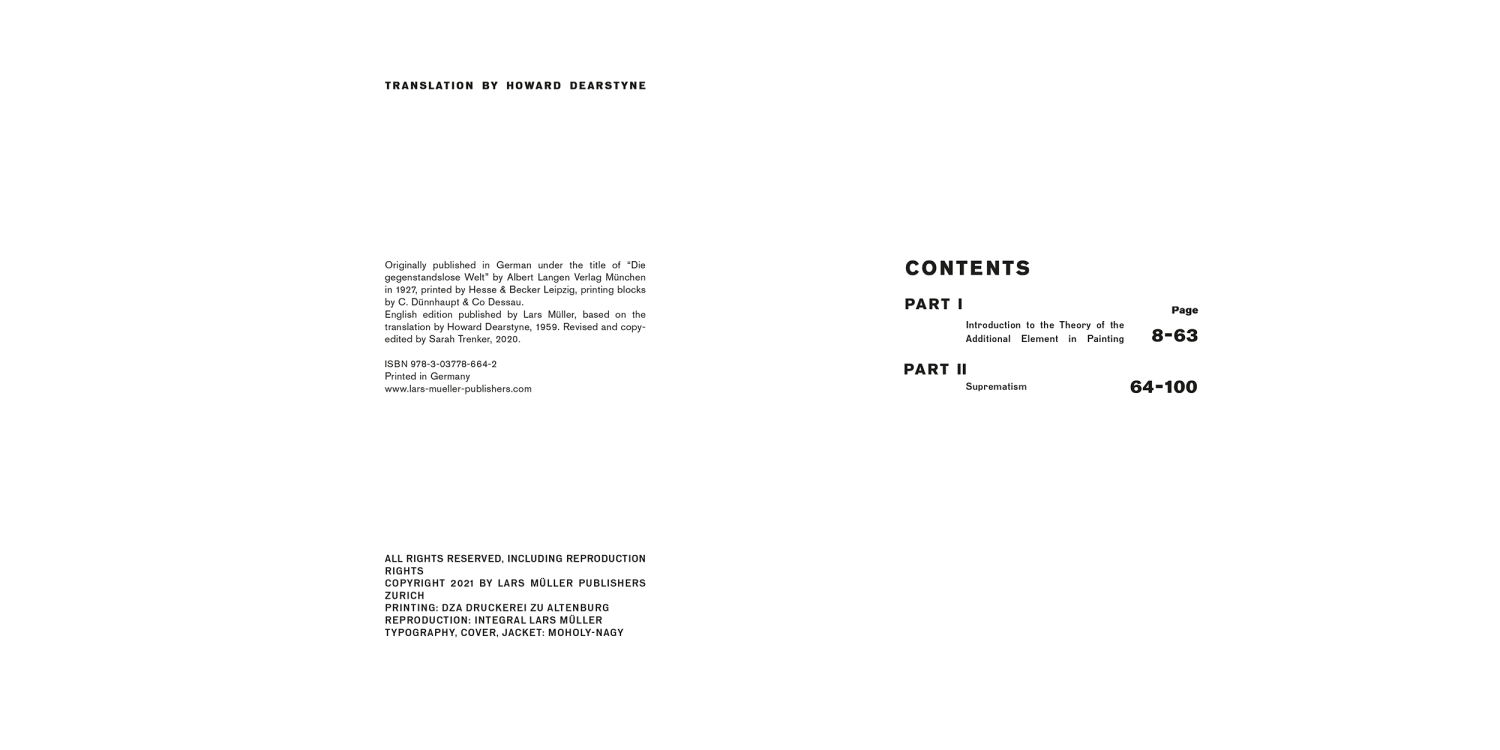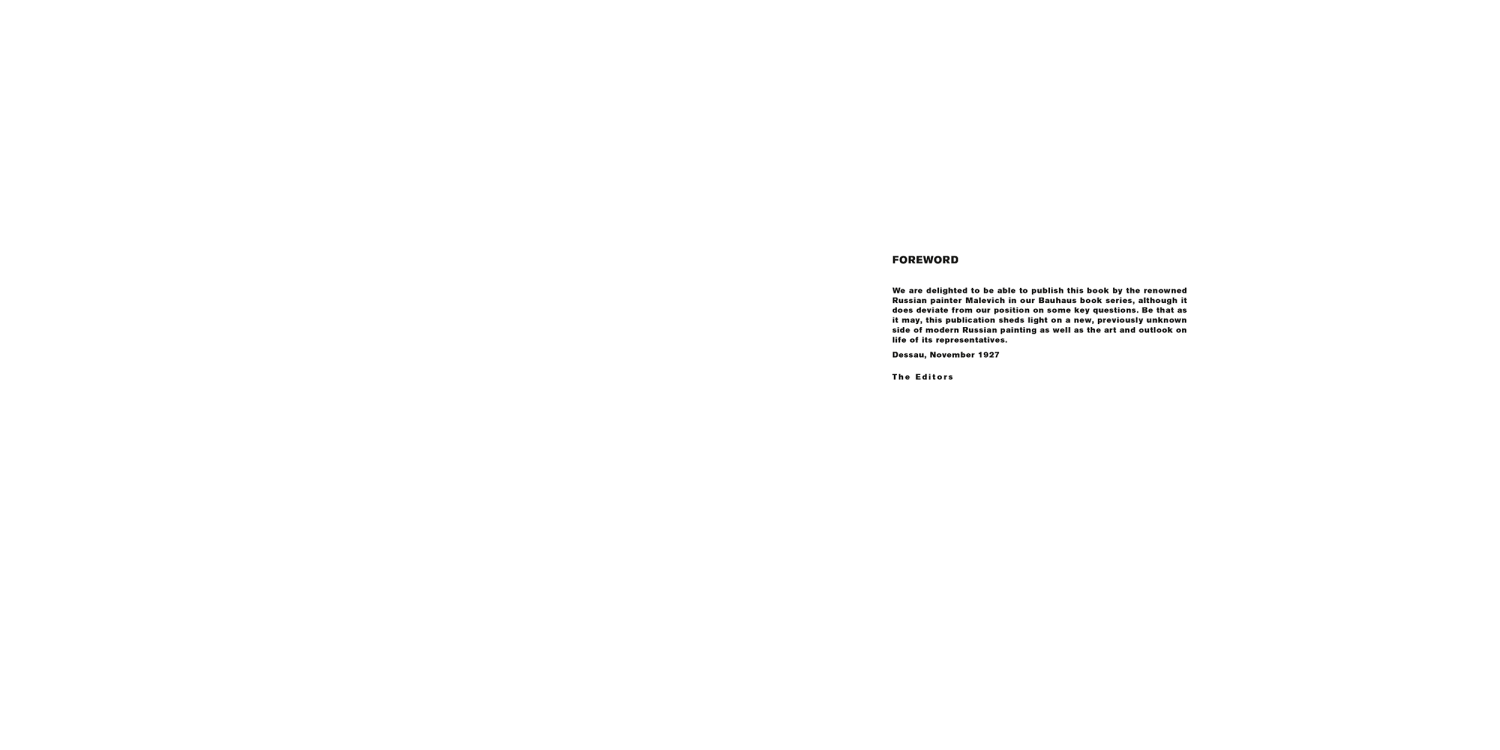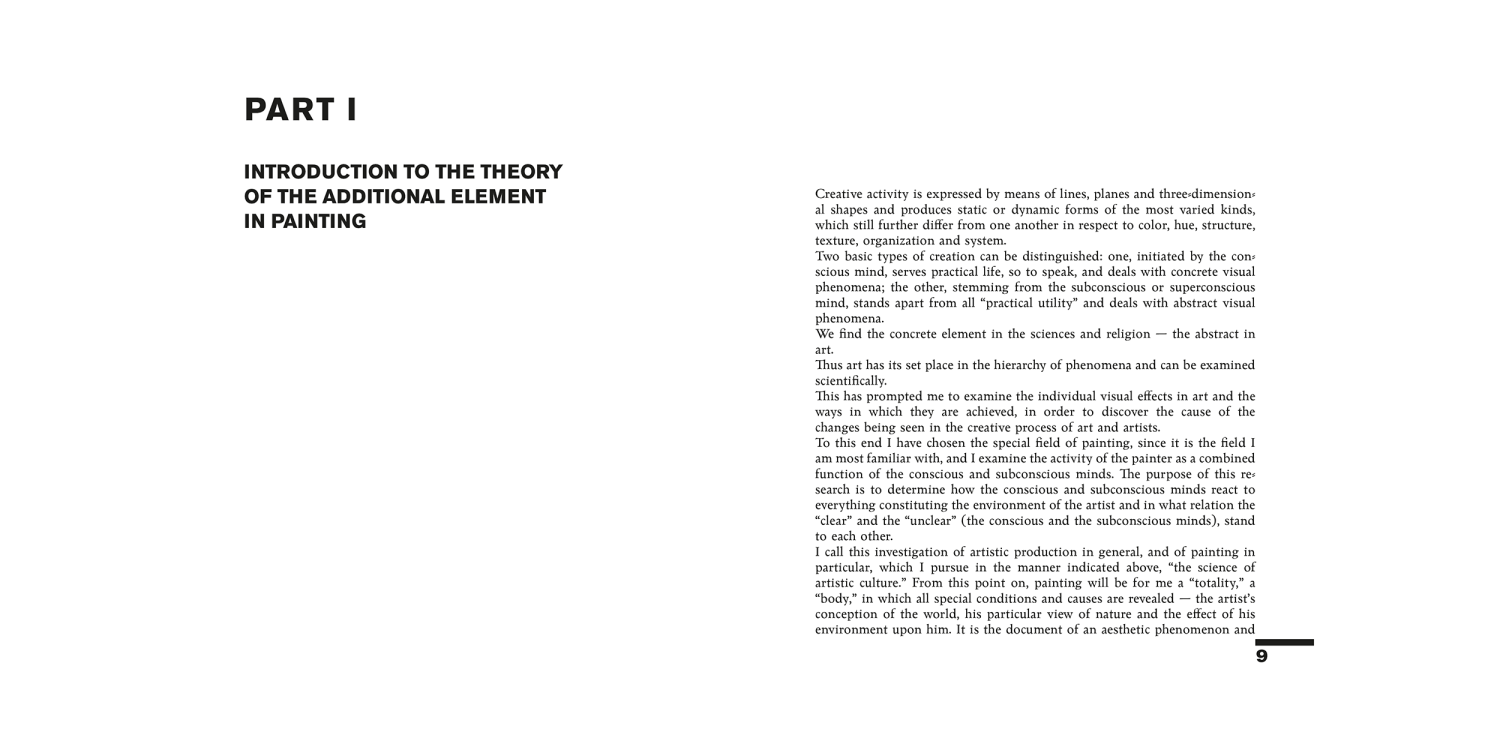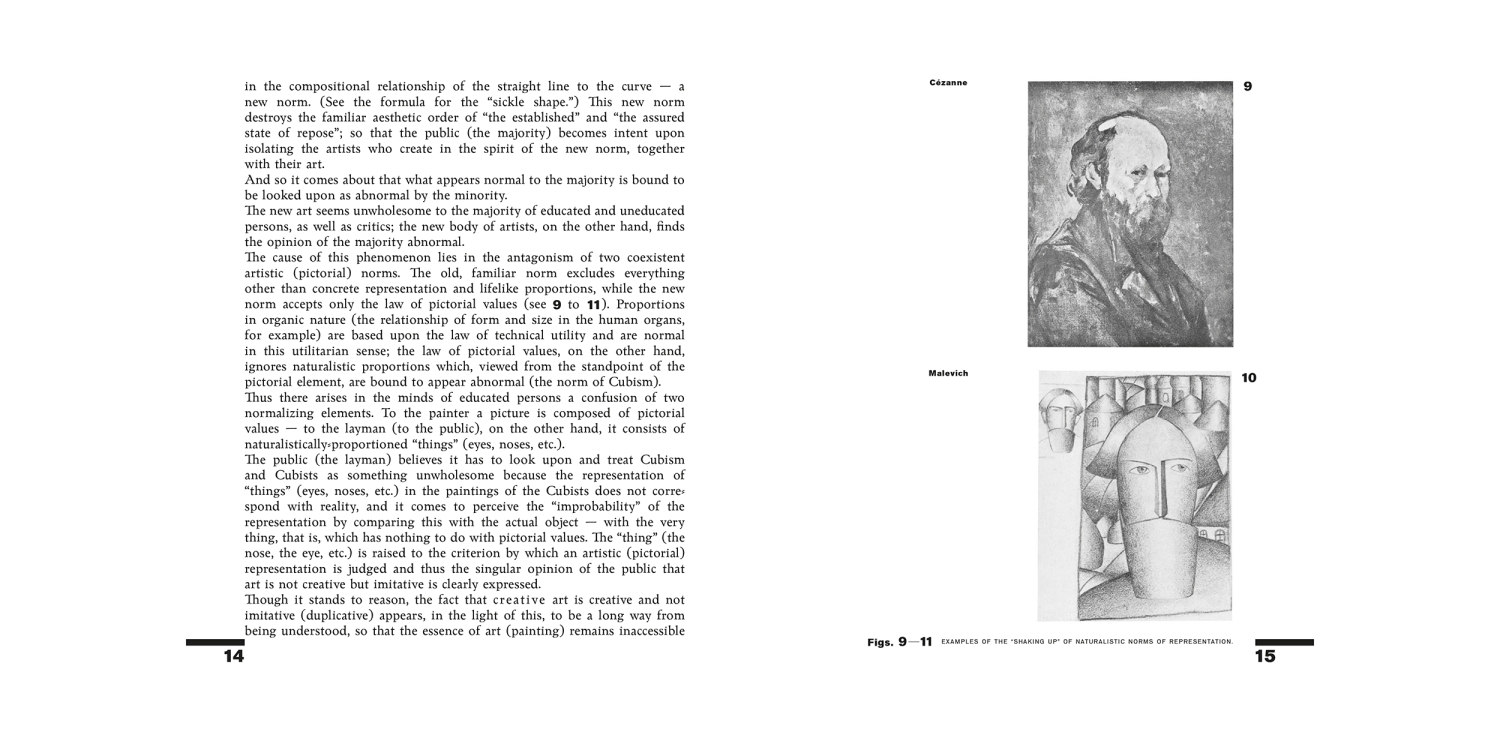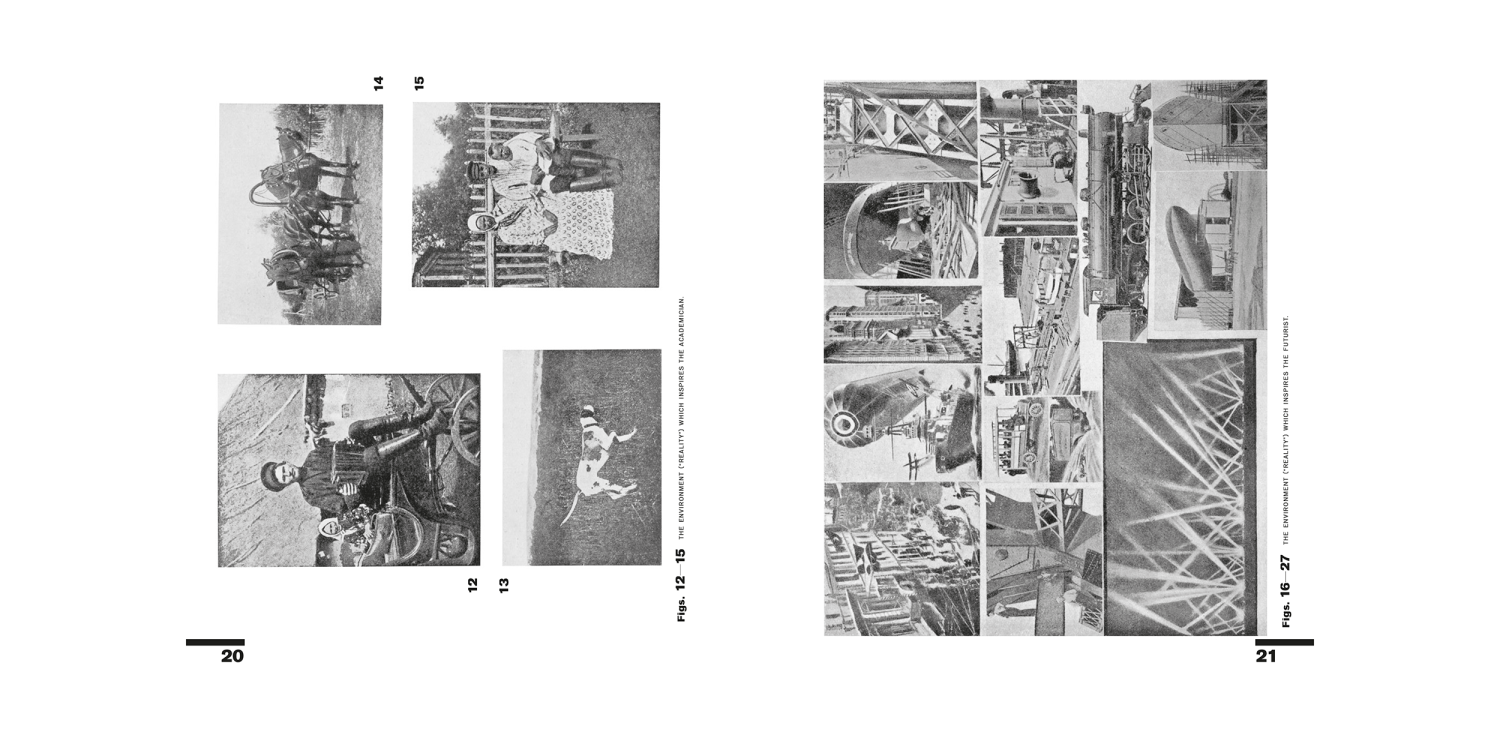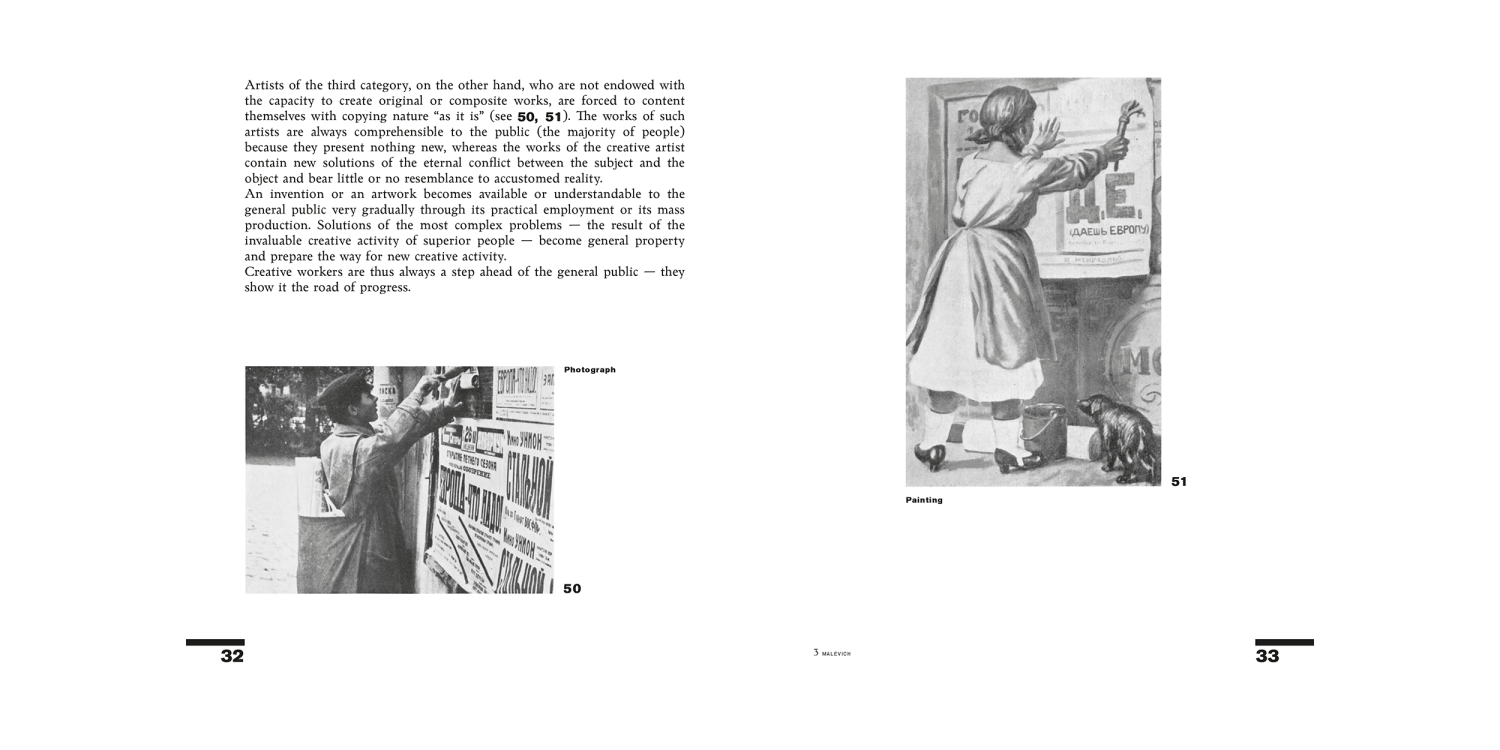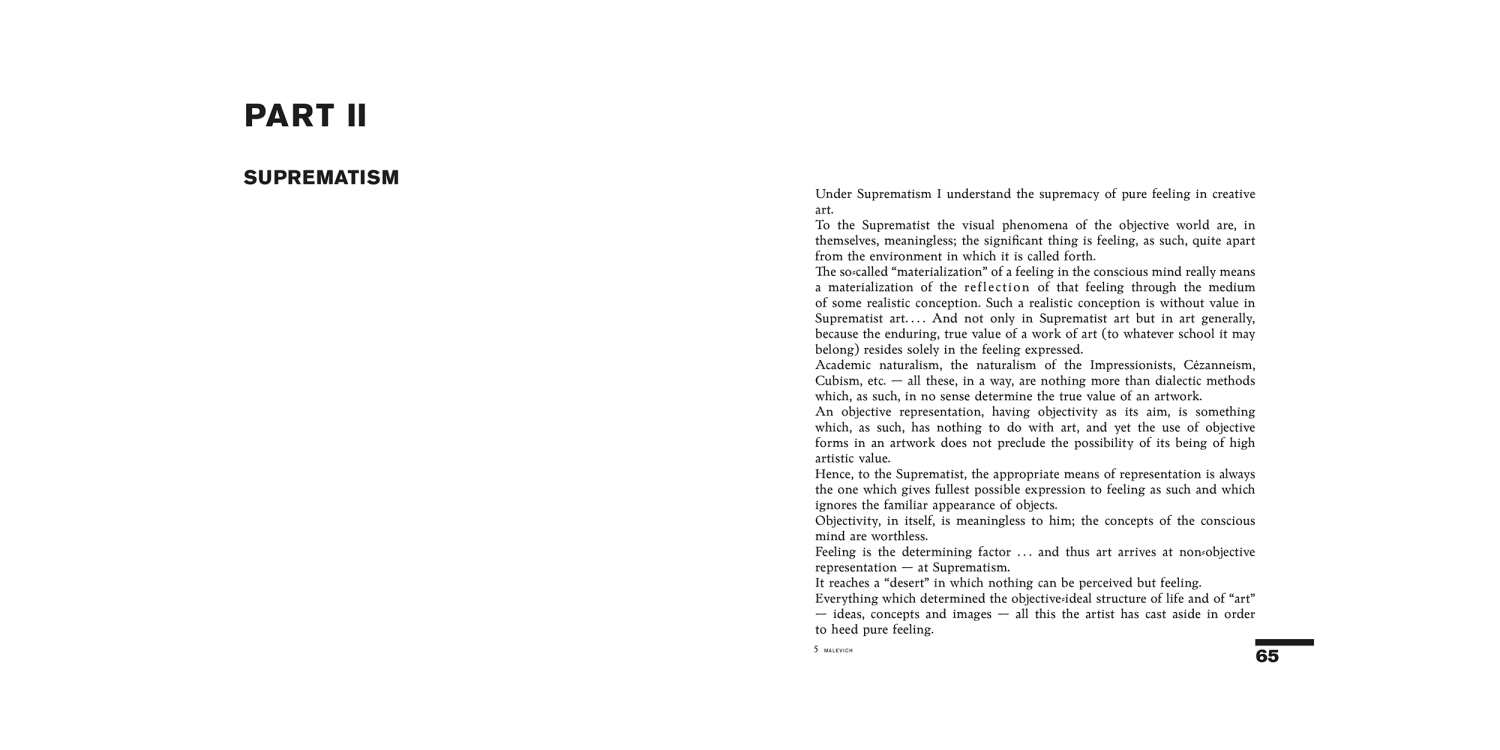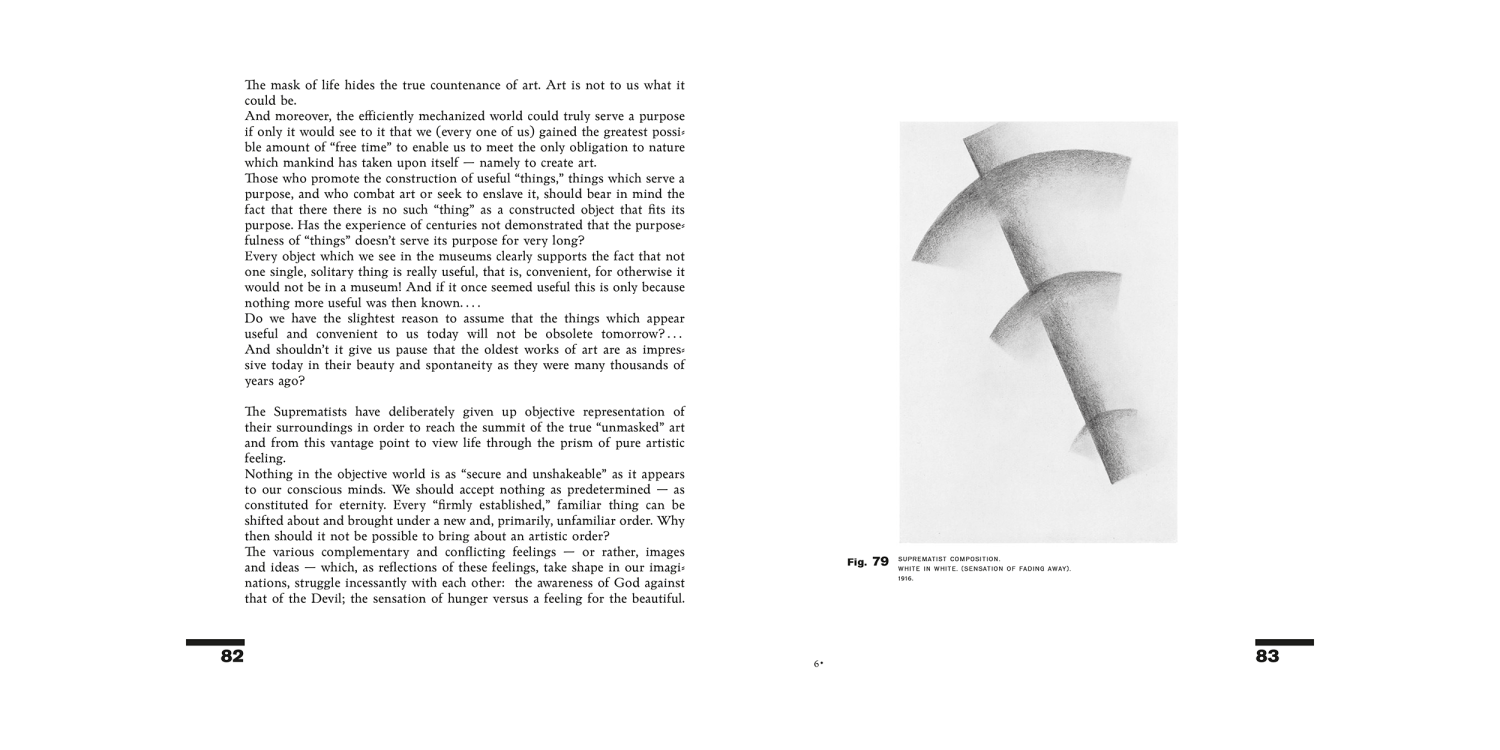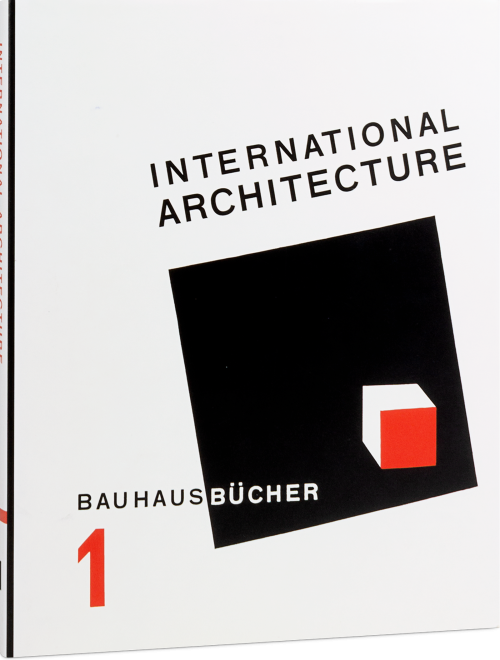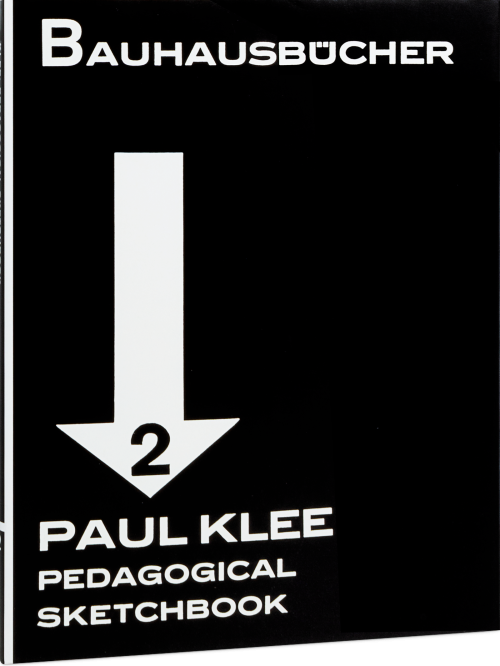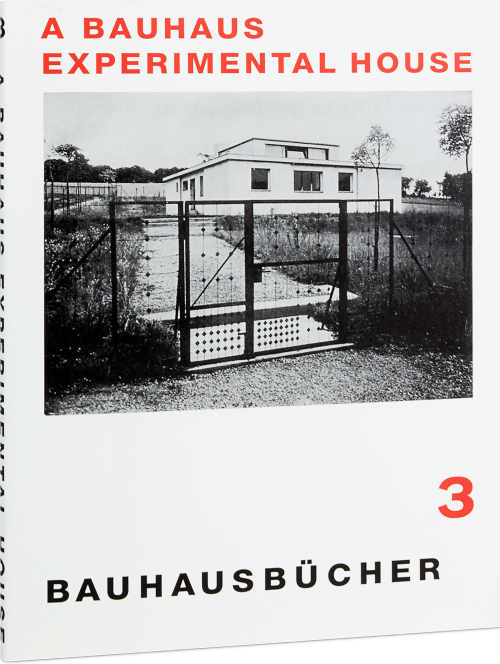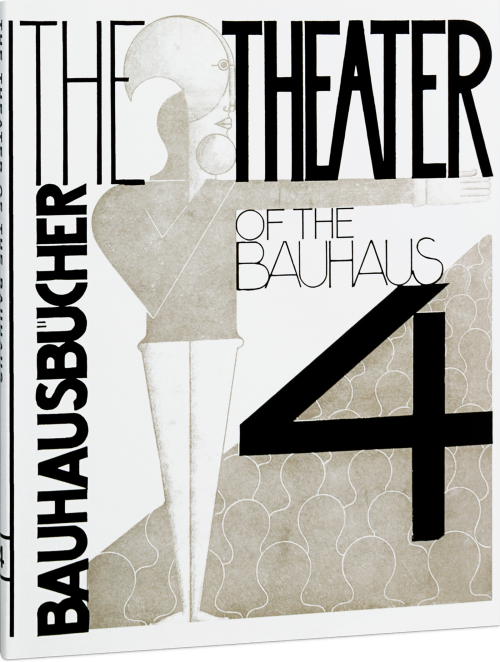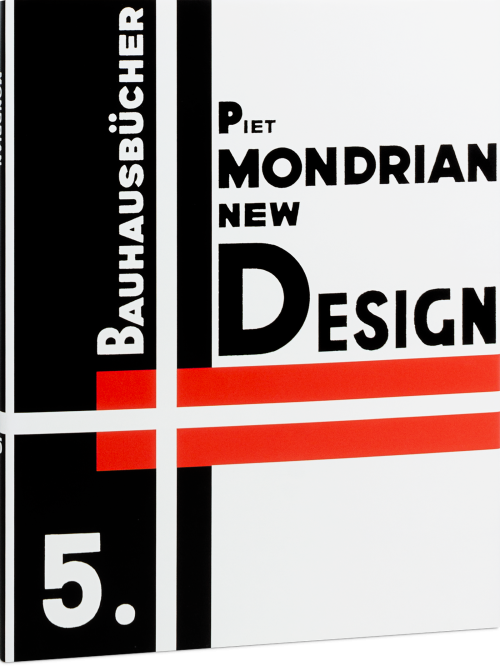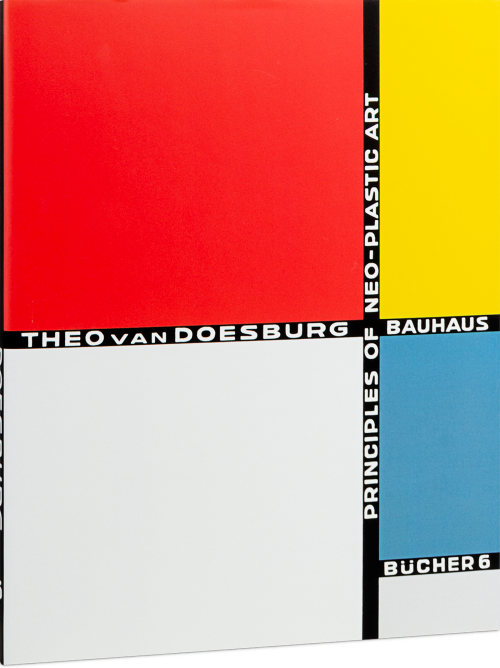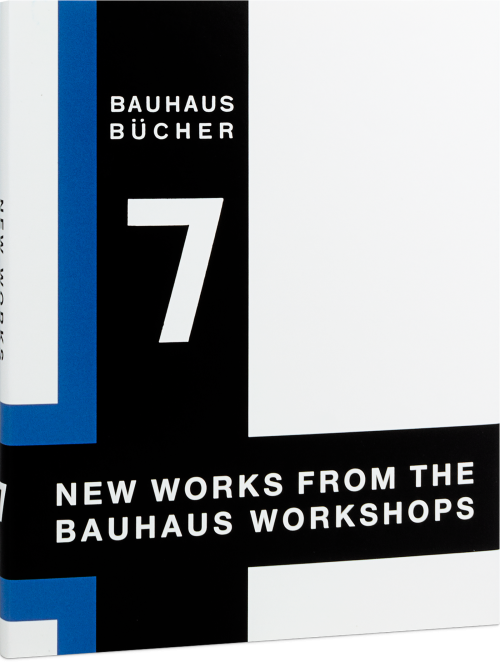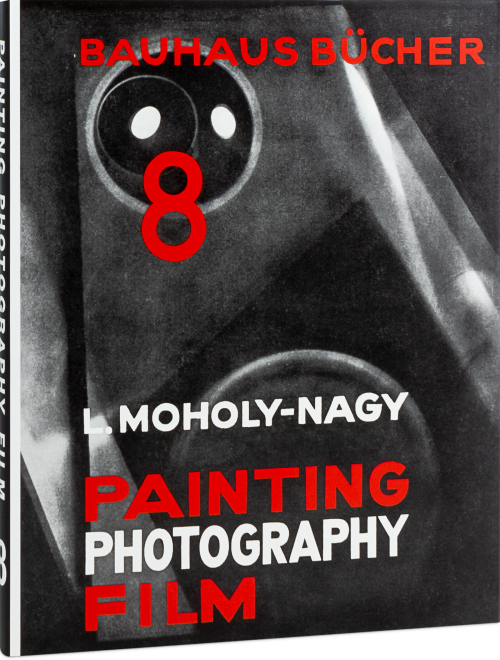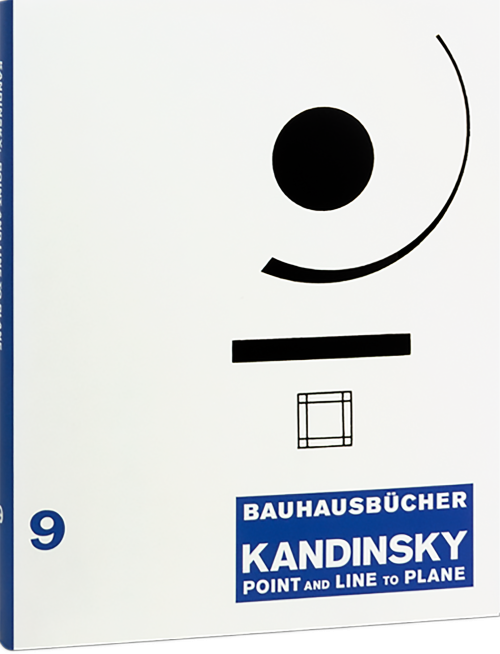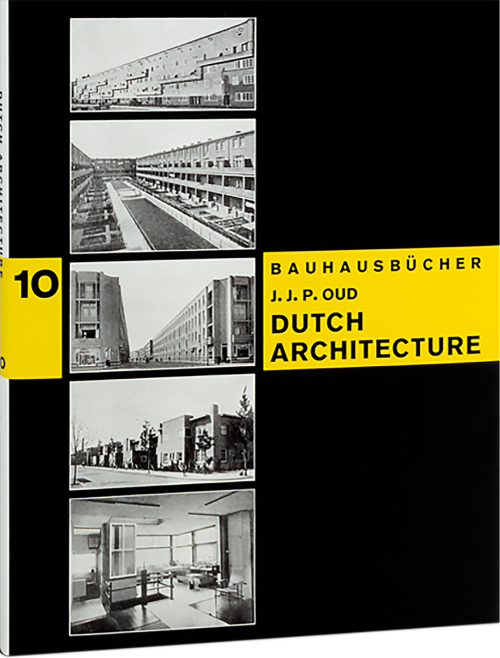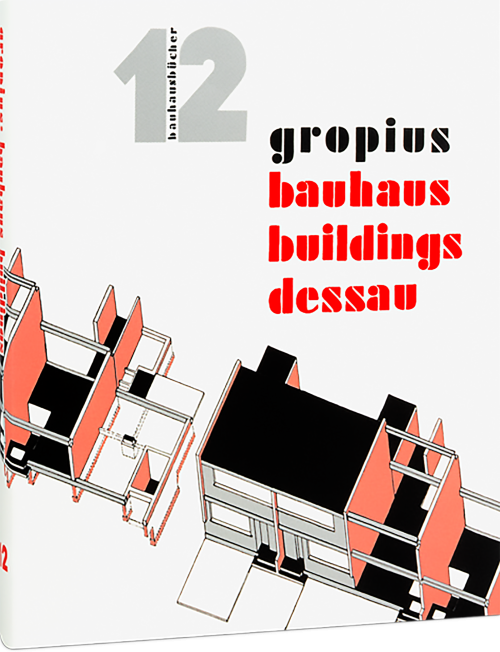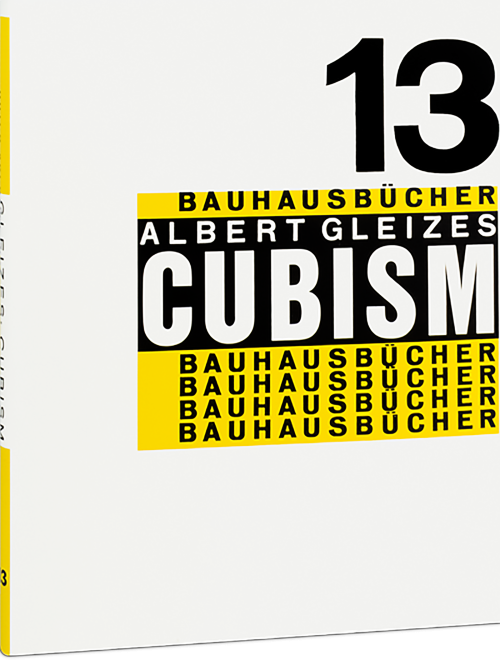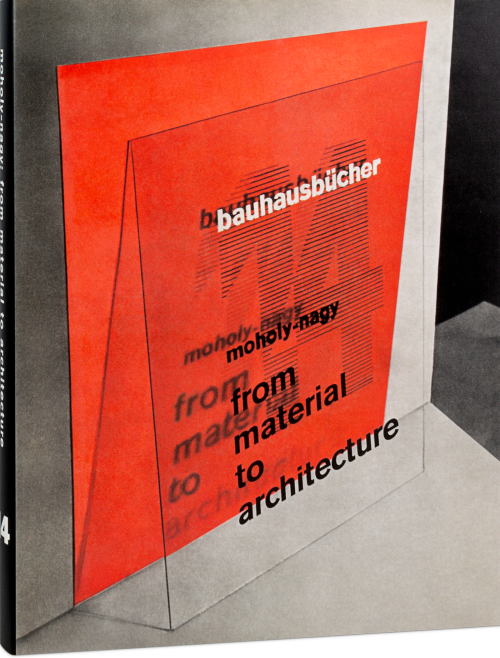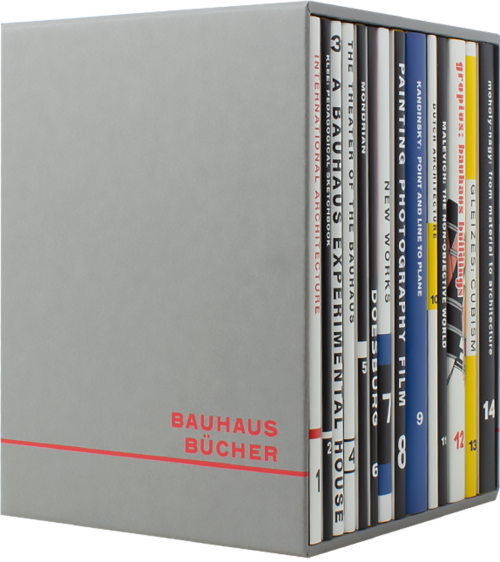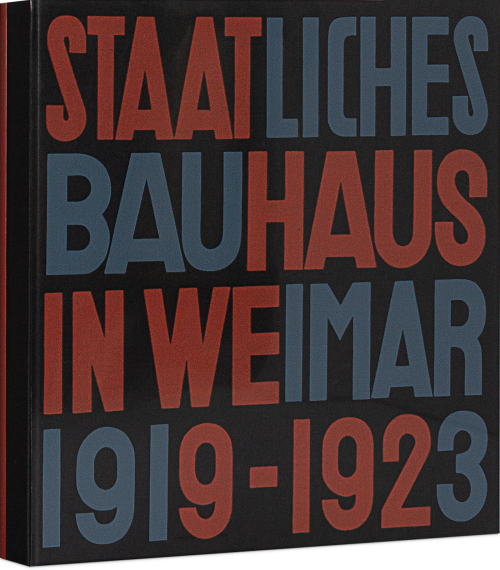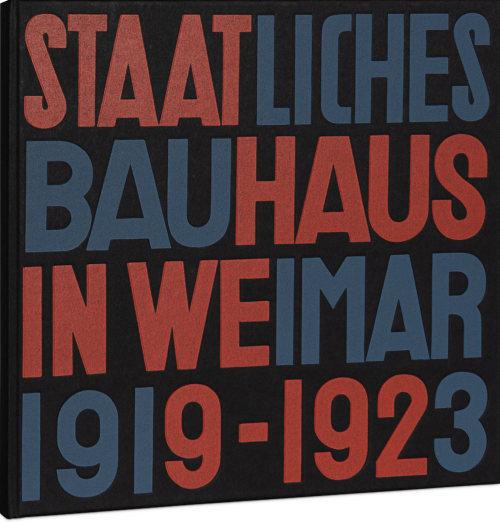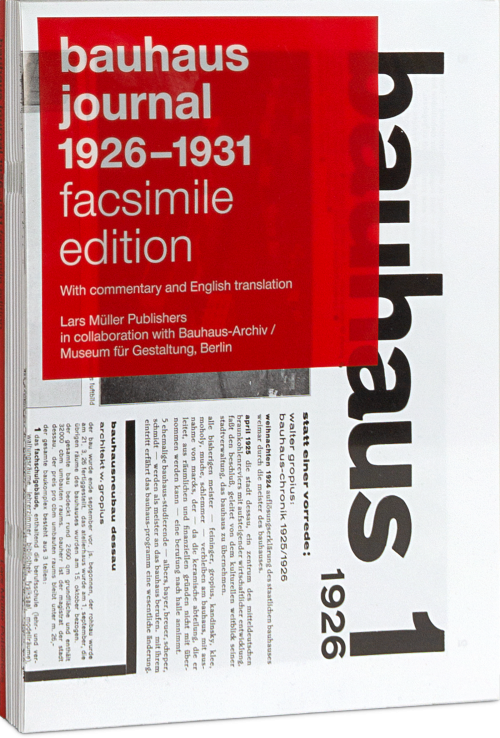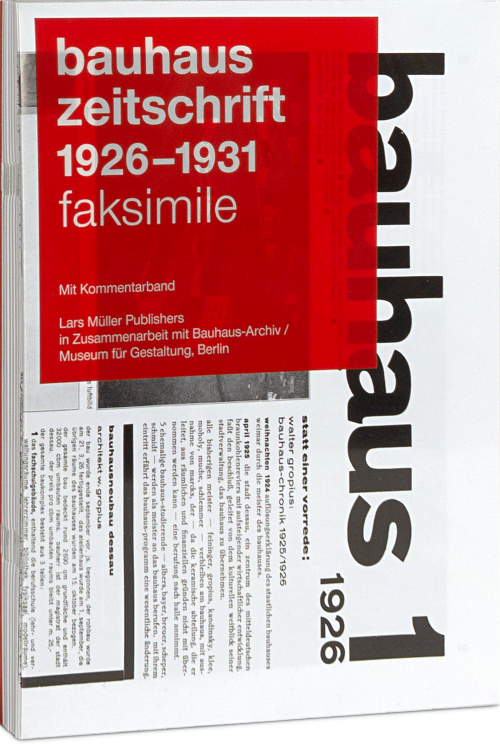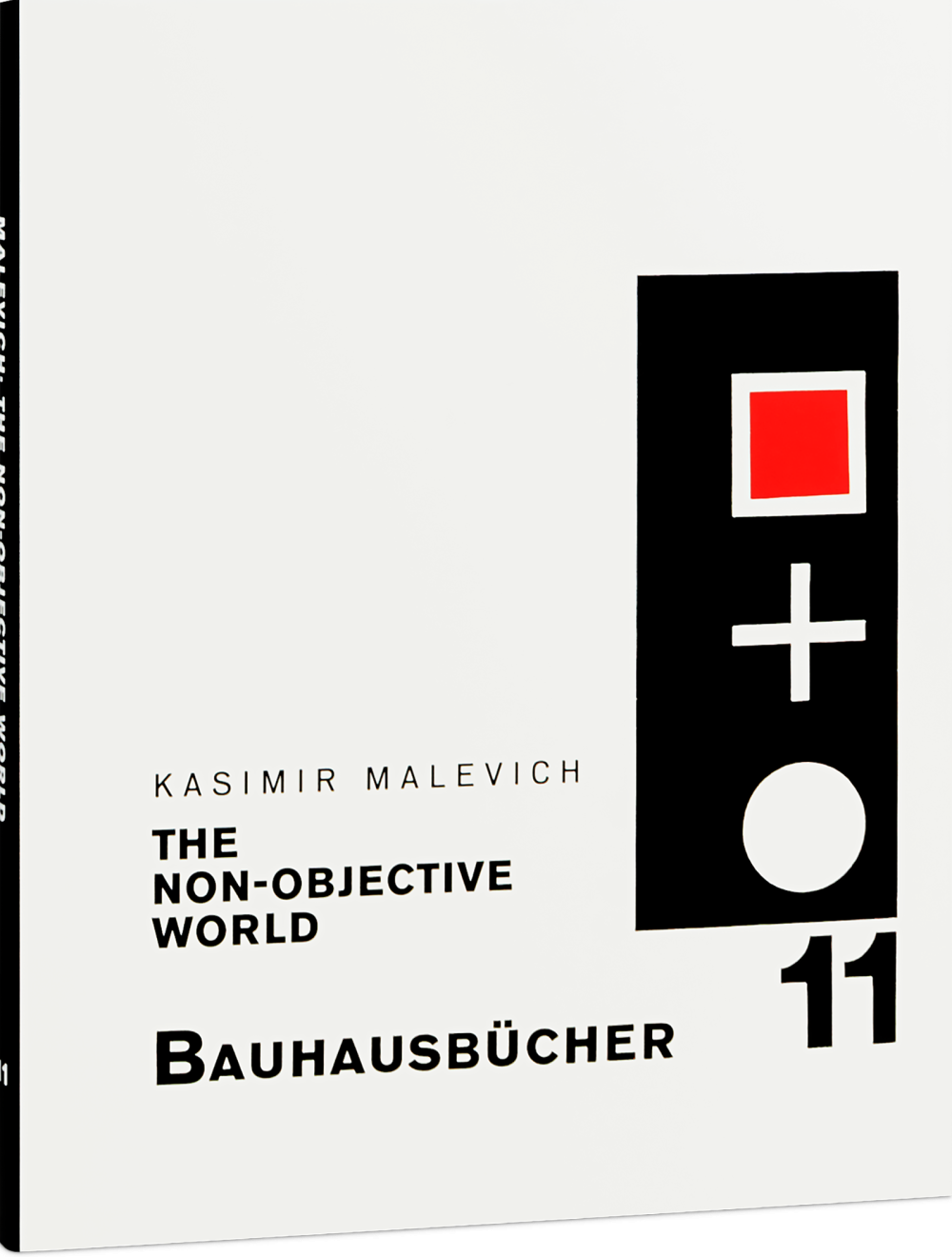
The Non-Objective World
Kasimir Malevich’s treatise on Suprematism was included in the Bauhausbücher series in 1927, as was Piet Mondrian’s reflections on Russian Constructivism in 1925 (New Design, Bauhausbücher 5). Like Mondrian, who was never an official member of the Bauhaus, Malevich nevertheless has a close connection to the ideas of the school in terms of content. This volume, the eleventh, remains the only book publication in Germany to be produced during the life of the Russian avant-garde artist, and it laid the foundation for his late work: to wrest the mask of life from the true face of art.
The series is published with the generous support of the Rudolf-August Oetker-Stiftung.
Kasimir Malevich’s treatise on Suprematism was included in the Bauhausbücher series in 1927, as was Piet Mondrian’s reflections on Russian Constructivism in 1925 (New Design, Bauhausbücher 5). Like Mondrian, who was never an official member of the Bauhaus, Malevich nevertheless has a close connection to the ideas of the school in terms of content. This volume, the eleventh, remains the only book publication in Germany to be produced during the life of the Russian avant-garde artist, and it laid the foundation for his late work: to wrest the mask of life from the true face of art.
The series is published with the generous support of the Rudolf-August Oetker-Stiftung.
